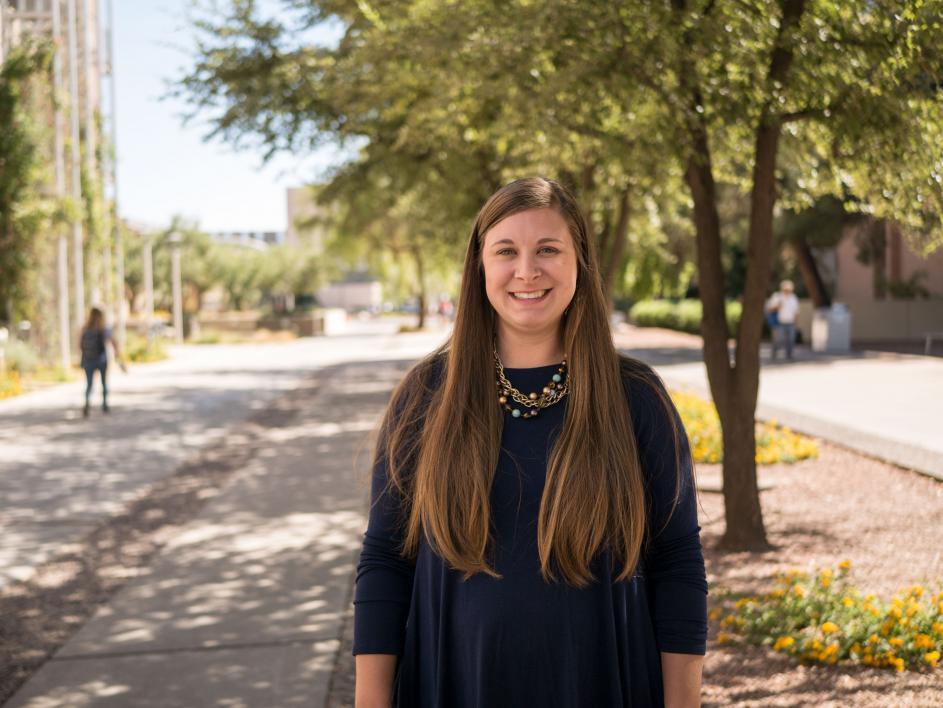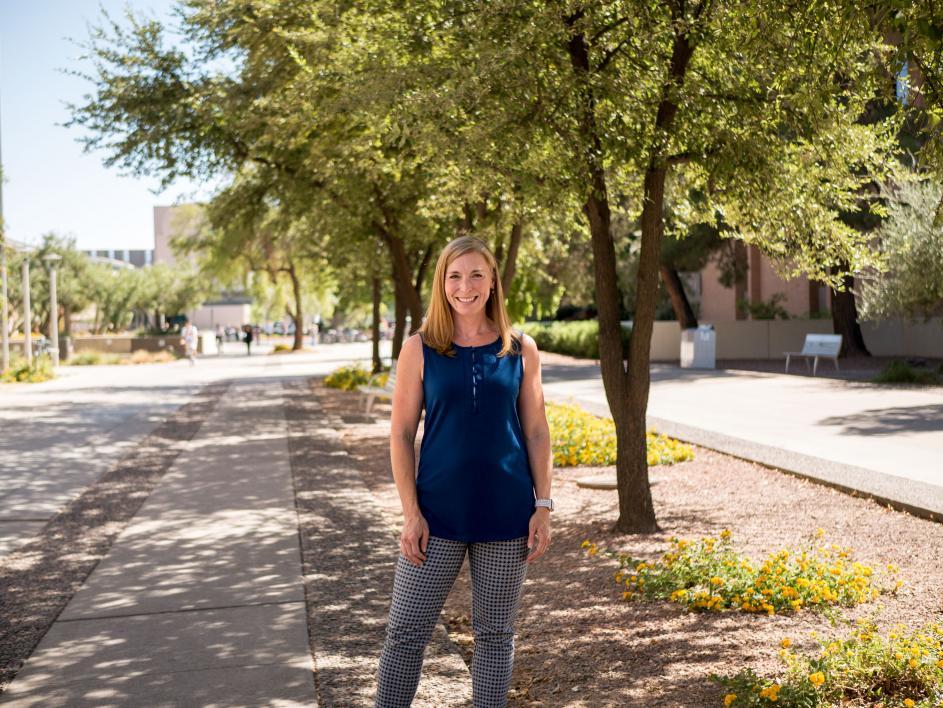ASU researchers identify potential target to improve sleep in children

Sleep deprivation in children can lead to behavioral and mood problems. Photo by Annie Spratt/Unsplash
Between 25 and 30 percent of children under the age of 18 in the United States do not get enough sleep. Sleep deprivation in children can lead to behavioral and mood problems that can negatively affect school performance, social interactions and physical well-being.
And children from lower-middle-class families or families who live at or near the poverty line get less sleep and lower quality sleep than their peers from families with more income and resources.
In a study that will be published in the Journal of Youth and Adolescence, researchers in the Arizona State University Department of Psychology have uncovered a potential mechanism that explains why children living in lower socioeconomic situations experience less and poorer sleep than their wealthier counterparts. The study is currently available online.
“Children from lower-middle-class and poor families get less sleep overall, and their quality of sleep is worse,” said Leah Doane, associate professor of psychology. “We wanted to test whether the socioeconomic status early in a child’s life affected their sleep when they were older and try to identify a mechanism for how socioeconomic status affected sleep.”
Identifying the pathways by which socioeconomic status affects sleep is important because socioeconomic status itself is difficult to change.
Sleep and socioeconomics seven years later
The study is part of ASU’s Arizona Twin Project, and all participating children were twins. The researchers studied 381 children, at 12 months and 8 years of age.
When the children were 12 months old, the researchers first used a phone survey to collect information about the demographics of the participating families, including income and number of family members, and also about the health and development of the children.
Seven years later, the families participated in an intensive, one-week assessment that examined the physical health and academic achievement of the children. The researchers again collected information about the demographics of the family.
To determine the socioeconomic status and amount of resources available to each child, the researchers calculated an income-to-needs ratio, which divided the overall income by the number of family members. The researchers calculated the income-to-needs ratio twice for each child: at age 12 months and 8 years. A small ratio means there are less resources available to children and their family members. Based on the income-to-needs ratio, 47 percent of the 191 families in the study sample were classified as lower-middle-class or living at or below the poverty line.
During the weeklong assessment, the parents completed daily questionnaires about the physical health of the children, and each child wore an activity-tracking bracelet for one week. The bracelet allowed the researchers to measure how long it took children to fall asleep and the quality of their sleep, or how long they slept without waking.
The researchers found a small income-to-needs ratio, or lower socioeconomic states, when a child was 12 months old predicted less sleep and poorer sleep quality at age 8. This relation was true even if the family’s income-to-needs ratio had increased during the seven years.
The importance of home
To understand the process of how socioeconomics affects a child’s sleep, the researchers studied the home environments of the 381 participating children. During the weeklong assessment, the researchers visited each home twice. To assess the home environment, they used a questionnaire called the Middle Childhood HOME that measures how the home environment contributes to and supports a child’s physical, emotional and social development.
“The Middle Childhood HOME inventory is designed to assess a number of aspects of the home environment, including family routines, parent-child relationships, emotional climate in the home, what kinds of resources and learning materials are available to the children, extracurricular activities and physical details of the home,” said Reagan Breitenstein, a psychology graduate student who is second author on the study.
The researchers thought that aspects like whether there was a lot of noise, or if it was dark in the child’s bedroom or if the surroundings were chaotic would be important factors affecting sleep, but these factors were not among the most influential.
It was the combination of all aspects of the home environment — the physical environment, the level of autonomy given to the children and the quality of parenting — that determined the quality of the children’s sleep. When the researchers included the home environment in the analysis, the socioeconomic status of the family no longer predicted the quality of sleep.
“The totality of the home environment, how the home was structured when the children were 8 years old, was what affected their sleep,” Doane said.
The combination of home environment and lower socioeconomic status seven years prior was associated with less time sleeping, longer times to fall asleep and more variable sleep schedules, like a different bedtime each night.
“Because the home environment was a pathway through which early socioeconomic status affected sleep in later childhood, it might be an ideal place to direct efforts to improve child sleep,” Breitenstein said.
Future work with the Arizona Twin Project
The goal of the Arizona Twin Project is to understand genetic and environmental influences on the development of children. The project is directed by ASU’s Kathryn Lemery-Chalfant, professor of psychology; Mary Davis, professor of psychology; and Doane. The current study is the beginning of a series of planned studies that examine environmental influences on sleep and other biological factors in children. The researchers next plan to study the impact of genetics on sleep quality in the twin participants and to identify possible home interventions that could improve the sleep of children.
The study was funded by the Eunice Kennedy Shriver National Institute of Child Health and Human Development and the William T. Grant Foundation.
More Science and technology

Breakthrough copper alloy achieves unprecedented high-temperature performance
A team of researchers from Arizona State University, the U.S. Army Research Laboratory, Lehigh University and Louisiana State…

4 ASU researchers named senior members of the National Academy of Inventors
The National Academy of Inventors recently named four Arizona State University researchers as senior members to the prestigious…

Transforming Arizona’s highways for a smoother drive
Imagine you’re driving down a smooth stretch of road. Your tires have firm traction. There are no potholes you need to swerve to…



